Last updated on March 19, 2024
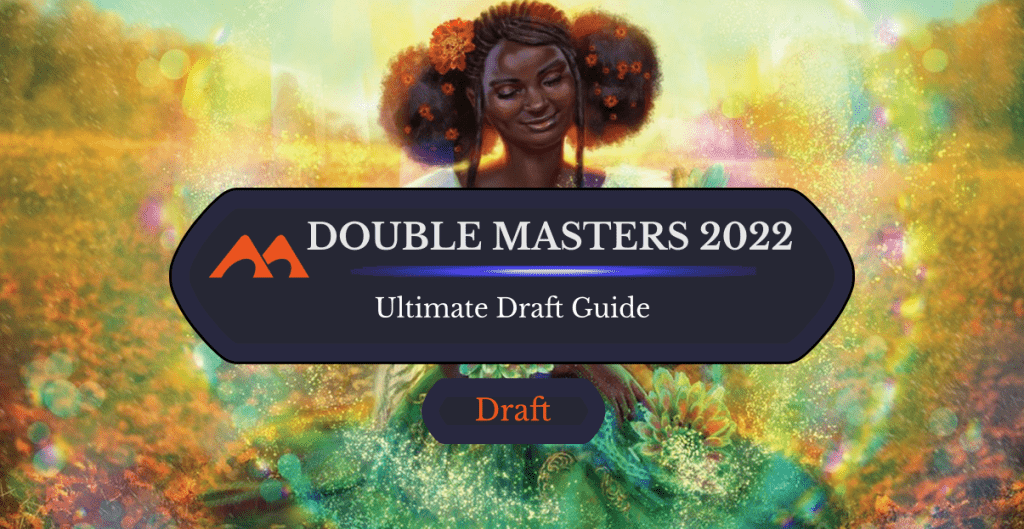
Summer Bloom | Illustration by Ernanda Souza
Greetings planeswalkers! It’s time once again for another Ultimate Guide, this one being about the new Double Masters 2022 set. 2X2 is an exciting set to draft, both because of its quality as a format and because of how much value can be in a booster.
By the end of this you should be well-equipped to win big at your local game store. Let’s get started!
Before we Begin…
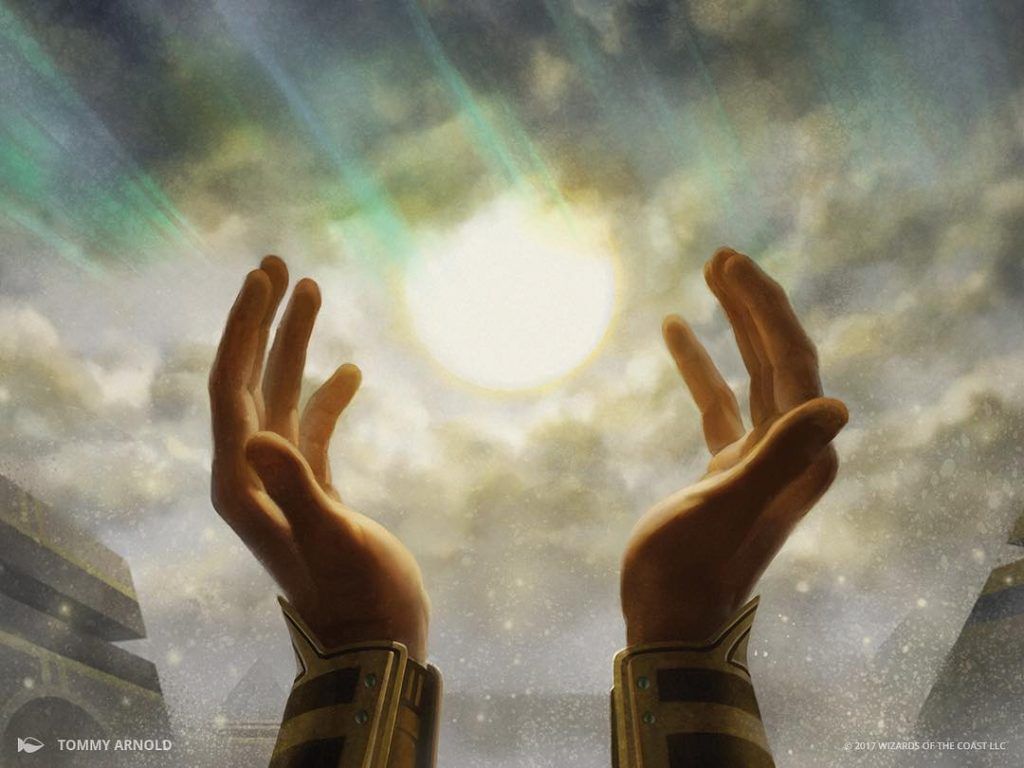
As Foretold | Illustration by Tommy Arnold
I’d like to note a couple of unique things about this set. First, it does not appear on MTG Arena. You can draft it at your local LGS or on Magic Online. As a paper experience, Double Masters 2022 is about as high stakes as FNM Drafts can get since entry prices for Drafts I’ve seen are $45 to $60 instead of the usual $12 to $15. This steep price means that the 2X2 format isn’t a great place to learn the ropes of drafting, but it is an excellent fit for an experienced player looking for rewarding competition.
The 2X2experience is a bit different on Magic Online. Cards like Imperial Seal and Force of Negation are worth a fraction of their paper value since they’re much less scarce. Let’s refer to GoatBots EV calculator to illustrate this. You can see that the average opened value of three 2X2 boosters is actually less than three Streets of New Capenna boosters (3.18 vs 4.08) even though the former is more expensive to draft.
Because of this you want to avoid playing non-Phantom Draft Leagues if you can. You have to absolutely crush Draft Leagues (or open nothing but Wrenn and Six) to get good value. Phantom Drafts are generally going to be much better to play because they cost less than half the entry of a Draft League while still having decent prizes for a good run. Using Phantom Leagues to cheaply practice the format is a fantastic idea if you have lots of local 2X2 events near you!
It Takes Two
The last thing I want to cover before we get into the meat of the set is Double Master 2022’s namesake drafting gimmick: picking two cards instead of one. You won’t be doing this for every pick like in Commander Legends, but you have to for the first pick(s?) of each pack you open.
The strategic implications of this aren’t all that dramatic, but it does encourage rare drafting and picking cards that work well together. This plus the set’s excellent mana fixing decreases the chance that your first couple of picks will end up in your sideboard based on my experience with the set so far. That is to say, if you open some excellent cards to start your Draft, having more picks early makes the premium cards easier to build around or splash later if needed.
To be completely honest, the most important thing I can say about this gimmick is that you need to remember it exists in paper! My paper experiences with both Double Masters 2022 and Commander Legends have been full of players forgetting to draft two cards, which derails the Draft and ends up with someone missing cards later. Even if you're not the one forgetting, it doesn’t hurt to be vigilant and maintain the integrity of your Draft.
Set Architecture
Double Masters 2022 is an exceptionally powerful and colorful set with a lot going on. Lead designer Mark Rosewater said that the set was made primarily as a 3-color set, but it was designed to be both at once rather than being a wedge or shard set.
This means that players can draft any 3-color deck they want with the tools to match. The developers also tried to keep the mana fixing good but not perfect, so that “5-color soup” wouldn’t always be the best thing to do.
Rarity Downshifts
One of the reasons 2X2 is such a strong set is that it’s made up of powerful cards from past sets that have been downgraded in rarity. If you’ve ever wondered what it would be like to draft Boros () aggro with Monastery Swiftspear, Seeker of the Way, and Wingsteed Rider at common, well, enjoy!
Most of the notable rarity downshifts in the set were previously uncommons and are now commons, like Dreg Mangler, Vampire Sovereign, and Ground Assault. Dark-Dweller Oracle is one of the only cards that went from rare to common.
Big Money!
As I mentioned already, 2X2 has some real value in its packs. There are a lot of cards in the set worth over $20, as well as several mythics that are over $50. It pays (literally) to know these for your paper Drafts, but keep in mind that plenty of them are pretty unimpressive in actual Draft (i.e. Dockside Extortionist, Cavern of Souls, Food Chain, Phyrexian Altar, Warrior's Oath, Crucible of Worlds).
Be prepared to occasionally pick subpar cards for your deck just to please your wallet.
Mana Fixing
Cryptic Spires
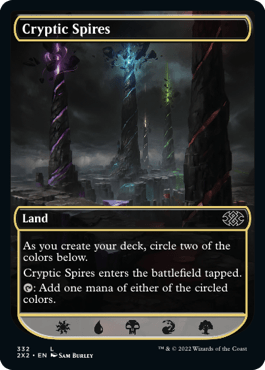
Cryptic Spires is the only card in 2X2 that isn’t a reprint, and it’s also guaranteed to appear in every single booster. It’s a completely new approach to mana fixing that basically acts as a tapped dual land of any 2-color combination you choose.
You have to make this choice during deckbuilding, but don’t have to decide as you draft it. So Cryptic Spires is solid, customizable mana fixing that’s a key part of how the designers expect you to play any 3-color combo you please.
But one limitation of the card is that it’s not perfect mana fixing. You’ll have trouble casting Child of Alara with 11 basics and six Spires no matter how you distribute them. While there are certainly other ways to hit , your basic ambitions in this set should be to play 3 colors and maybe splash a fourth.
I’ll cover 5-color in more detail later, but it shouldn’t be your default approach.
Other Fixing
Beyond Cryptic Spires, the 2X2 non-rare cards that fix mana include:
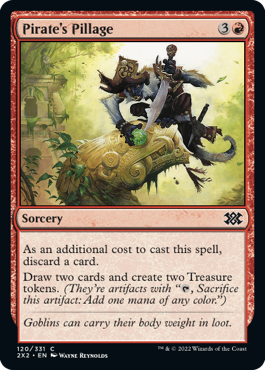
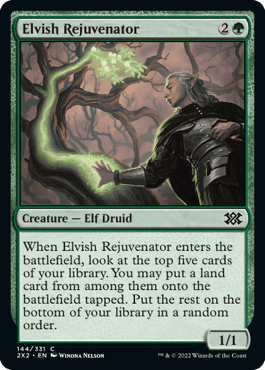
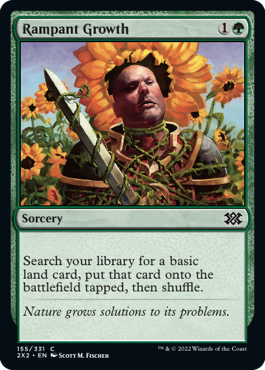


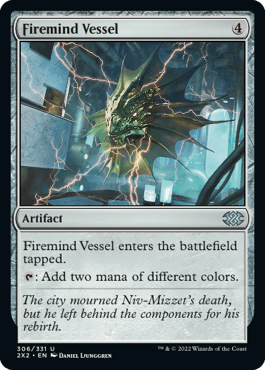
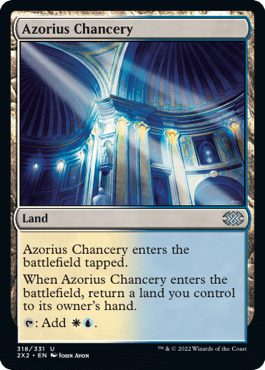

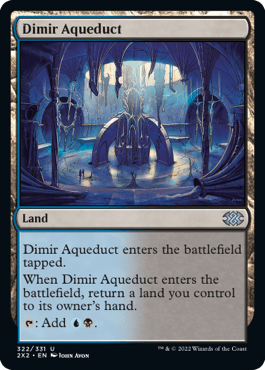
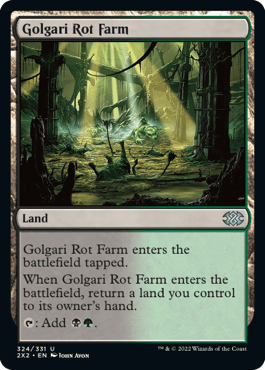
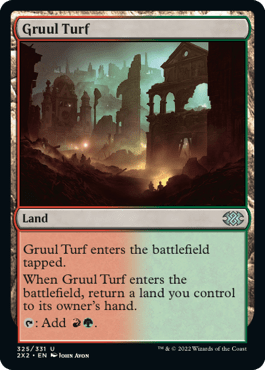
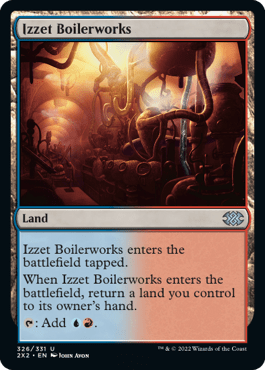
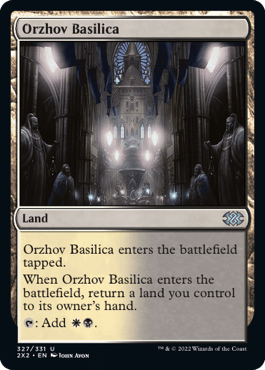

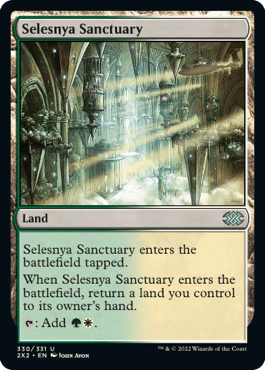
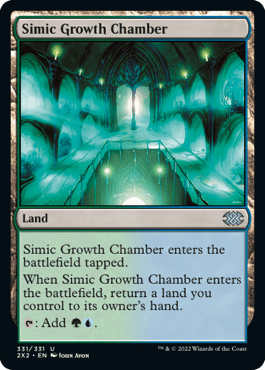
- Pirate's Pillage
- Elvish Rejuvenator
- Rampant Growth
- Traveler's Amulet
- Coldsteel Heart
- Firemind Vessel
- The 10 bounce lands
Four of these are common, but Traveler's Amulet is underpowered enough that I try to avoid playing it whenever I can. Pirate's Pillage plays poorly against Mana Leak but is one of the better ways to enable greedy splashes. Rampant Growth, Elvish Rejuvenator, and Coldsteel Heart are great general ramp spells. Firemind Vessel is slow but pretty good in a greedy 4- or 5-color deck with lots of top end.
The bounce lands deserve their own spiel since they’re quite powerful but also have some intricacies to them. Some important aspects of bounce lands are:
- Bounce lands are inherently 2-for-1s. You may as well be casting Divination while hitting your land drop because each bounce land adds XY mana for just one card!
- Because they force you to bounce a land, the lands can sometimes cost you a mana the turn you play them on top of entering tapped.
- If you keep a hand with basics and a bounce land on the draw, you’ll need to play a spell first before deploying your bounce land. Otherwise you’ll end up discarding something to hand size later since basic to bounce land puts you at eight cards on the draw.
- The aforementioned blurb about mulligans and the inherent card advantage of bounce lands can lessen the sting of being down a card or two. It’s better to have a functional six than a greedy seven in a deck with several bounce lands.
- A hand with nothing but bounce lands is a mulligan. You need to have basics or Cryptic Spires for the bounces to do anything. This fact puts a hard limit on the max number of bounce lands I’d want to play. Probably four to six at most with 10 to 12 other lands to pick up.
- Summer Bloom is powerful with bounce lands because they make up for Bloom’s inherent card disadvantage while it addresses their sluggishness. But here’s no Amulet of Vigor in the set.
- Consider shaving a land or two from your deck to compensate if you have multiple bounce lands. They act as two lands at once and pick up other lands you have, which can sometimes make 17 lands feel like too much.
Just about every non-aggro deck is very interested in playing these. They’re some of the best fixing in the set and make for easy early picks, but they do have some diminishing returns. Take them highly!
Multicolor Cycles
A shortcut to understanding new sets is to evaluate each of the set’s cycles. Double Masters 2022 has few direct cycles, but it does have a very uniform number of multicolor cards (132 in total), spread out evenly between 2- and 3-color pairs.
Pair of 2-Color Commons
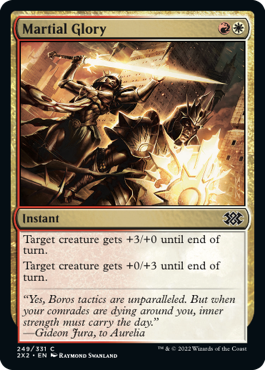
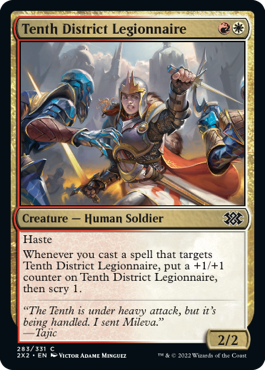

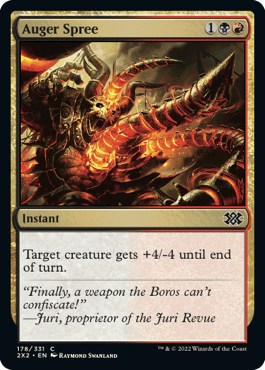
There are two commons in the set for each 2-color combination. The enemy color pairs of this cycle share a closer theme than the allied color ones (i.e., Martial Glory and Tenth District Legionnaire have obvious synergy, but Fireblade Artist and Auger Spree doesn’t).
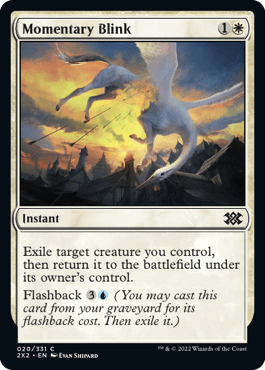

Note that Momentary Blink and Forbidden Alchemy are Azorius () and Dimir ()’s 2-color cards here despite not technically being gold cards.
Pair of 2-Color Uncommons
There are also two uncommons in the set for each 2-color combination. Most of these cards are pretty great, but once again some pairs have more synergy than others.
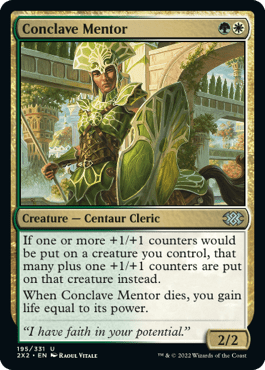
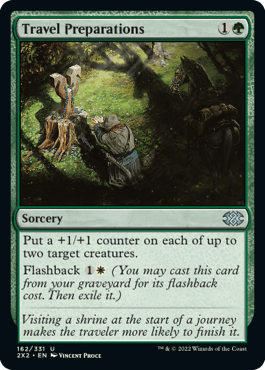
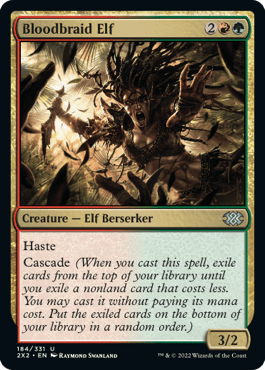

Conclave Mentor and Travel Preparations are a good example of excellent synergy, while Bloodbraid Elf and Scab-Clan Giant have no particular synergy other than both being 2-for-1s.
3-Color Uncommons
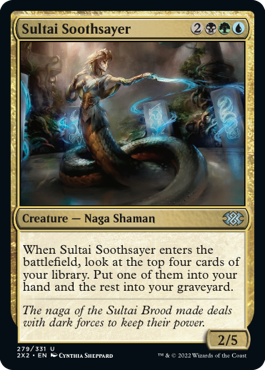
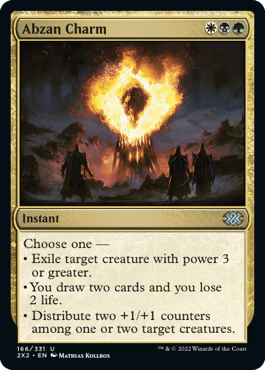
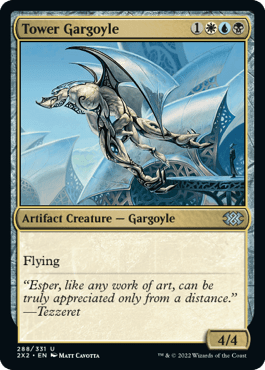
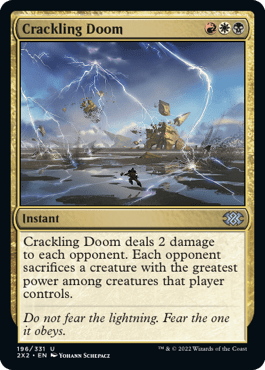
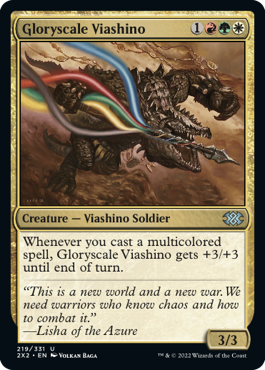
Each 3-color combination also has one uncommon, some of which tie into a larger theme (Sultai Soothsayer, Abzan Charm’s counters mode), and others which are just standalone good cards (Tower Gargoyle, Crackling Doom). Tabling one of these in Draft can be a solid sign you’re in the right archetype. Gloryscale Viashino is the oddball of the bunch since it’s more of a 4- or 5-color payoff than a true Naya () card.
2-Color Rares
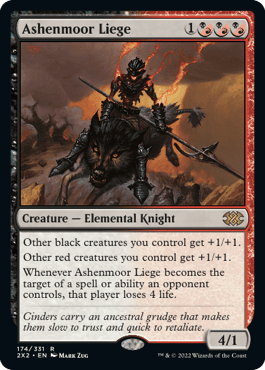
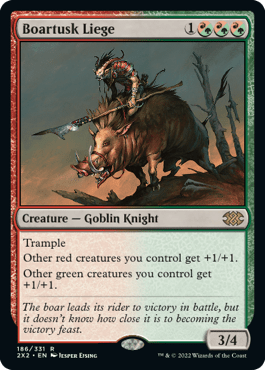
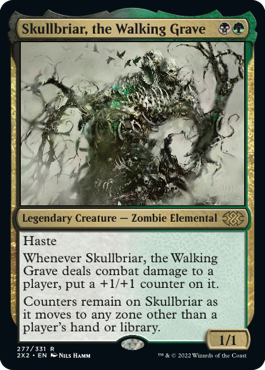

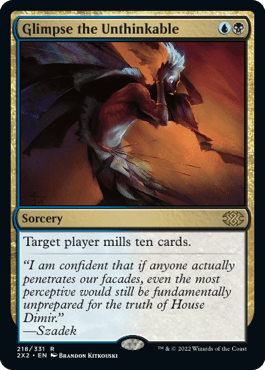
There are four rares for each 2-color combination, and one of those rares is a Liege (i.e. Ashenmoor Liege, Boartusk Liege) for each pair. These vary dramatically in power level and function since some of these tie well into larger 2- and 3-color themes, while others have little synergy with a larger gameplan (e.g., Skullbriar, the Walking Grave, Firesong and Sunspeaker, Glimpse the Unthinkable).
3-Color Rares

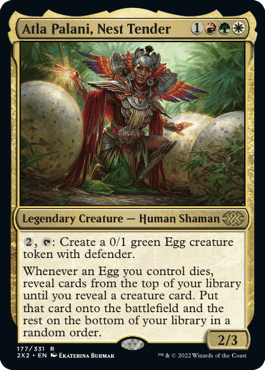
There are three rares for each 3-color combination, most of which are strong cards that don’t align with the expressed archetype themes. Mayael's Aria and Atla Palani, Nest Tender, for example, having nothing to do with Naya Heroic.
Official Archetypes
WUB – Flicker Value: Flicker your creatures for fun and profit! Keep a steady flow of enters-the-battlefield effects by exiling and returning your own creatures or returning them to your hand to recast.
UBR – Graveyard Midrange: Harness the power of your graveyard to disrupt your opponent, recur high-value threats, and gradually overwhelm the helpless opposition.
BRG – Classic Jund: Utilize high-strength creature removal and individually powerful, self-sufficient threats with some light sacrifice synergy.
RGW – Heroic Aggro: Target your creatures with Auras and combat tricks to generate powerful effects that secure your victory in combat.
GWU – Big Ramp: Go big, or go . . . well, bigger. Play big ramp spells, big card draw, and big creatures to dominate your opponent.
RWB – Sacrifice: A well-placed pawn can be more powerful than a king. Marshal your disposable minions and sacrifice them for the greater good.
GUR – Midrange Ramp: With copious mana and ample ways to keep the party going, you can flicker your own creatures, out-draw your opponent, or simply overwhelm them with giant monsters.
WBG – +1/+1 Counters: Build a massive board presence by enhancing your creatures over and over again. Why choose between building wide or building tall? Do both!
URW – Prowess: Master both the art of combat and the ways of magic with an array of inexpensive spells to empower your prowess creatures.
BGU – Graveyard Growth: Your graveyard is your most precious resource! As your graveyard grows, so too do your minions.
Gavin Verehy, Magic Senior Designer
Having played a fair amount of the set, I’d say these descriptions are pretty solid for introducing you to card clusters and synergies to look out for in those colors. I’m going to expand on each archetype a bit and detail which cards you should focus on for each one.
Esper Flicker
Esper () plays very similarly to how it was advertised. Try to balance flicker effects with ETB value creatures and round out the rest of your deck with Cryptic Spires and removal spells.

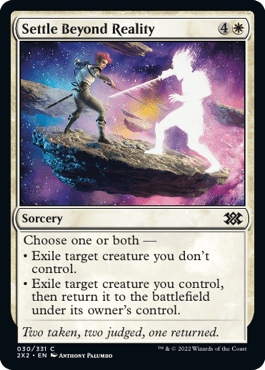



Key Cards: Momentary Blink, Settle Beyond Reality, Mistmeadow Witch, Nephalia Smuggler, Flickerwisp.
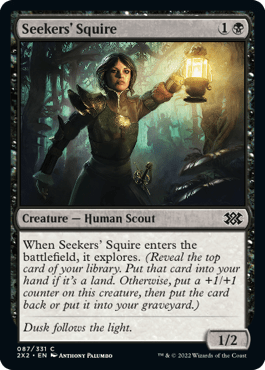

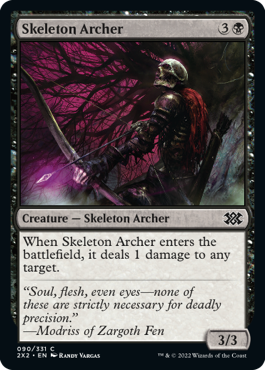
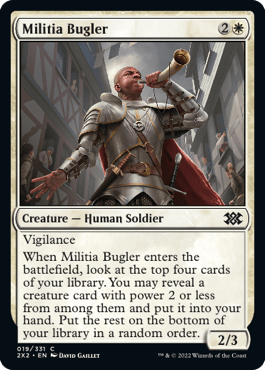
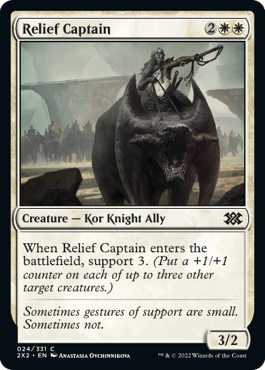
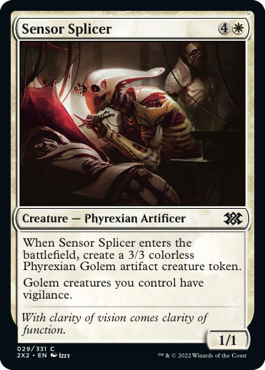
Support Cards: Seekers' Squire, Vampire Sovereign, Skeleton Archer, Militia Bugler, Relief Captain, Sensor Splicer, etc.
Grixis Midrange
Grixis () is generally much less synergistic than Esper since the “graveyard” theme outlined hasn’t impressed me much. But Forbidden Alchemy is a sensible way to pick up some graveyard value (ideally alongside Deep Analysis and Sedraxis Specter).
Most of my Grixis decks have leaned into prowess synergies or were built as simple control decks with removal, card advantage, and flashy wincons. One nice thing about Grixis is that most of its 3-color cards are quite good (Phyrexian Tyranny aside), so don’t worry too much about synergy and focus on 2-for-1s and kill spells.
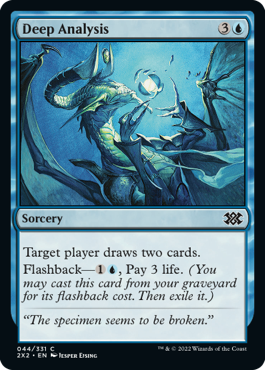

Key Cards: Cheap removal spells, Deep Analysis, Forbidden Alchemy.
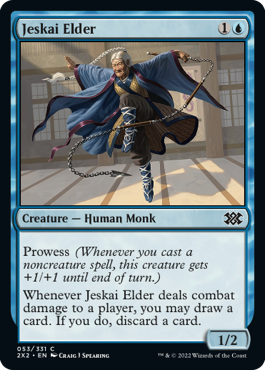
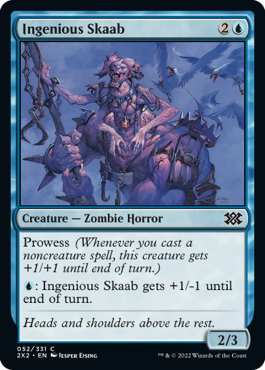

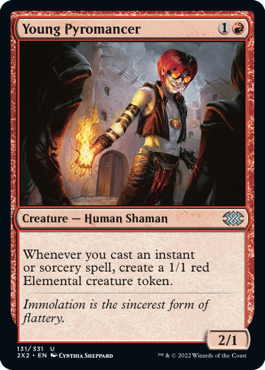
Support Cards: Jeskai Elder, Ingenious Skaab, Bloodwater Entity, Young Pyromancer.
Classic Jund
Like Grixis, Jund () is mostly a “good stuff” deck in this format. You’ll want to field a nice mix of card advantage, cheap removal, and bombs. The light sacrifice synergies mentioned by Verehy can indeed come together in this archetype but they mostly depend on Sprouting Thrinax and a sac outlet.
The best sac outlets are standalone-passable cards like Blazing Hellhound since more specialized cards like Bloodflow Connoisseur require too much support to do anything.

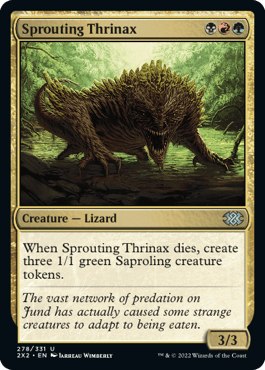

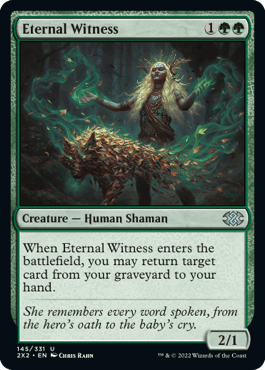
Key Cards: Cheap removal spells, Bloodbraid Elf, Sprouting Thrinax, Vampire Sovereign, Eternal Witness.


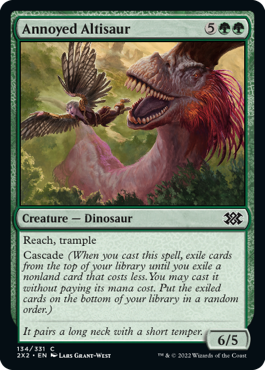
Support Cards: Rampant Growth, Elvish Rejuvenator, Annoyed Altisaur.
Naya Heroic
Naya’s gameplan in this format revolves around pairing cheap aggressive creatures with ways to target them (pump spells, auras, and even removal spells like Ambuscade). One issue with this archetype is that it’s an aggressive deck that’s best cards cost , , and .
Adding too many Cryptic Spires’ can compromise your tempo, and bounce lands play even worse. My fix for this is that I rarely actually play Nayaand am usually either Boros, Selesnya (), or Gruul () based when focusing on these synergies.
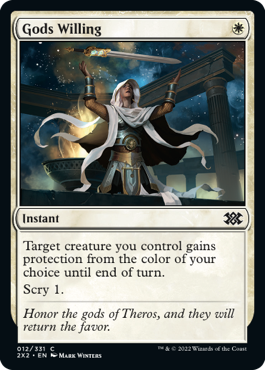
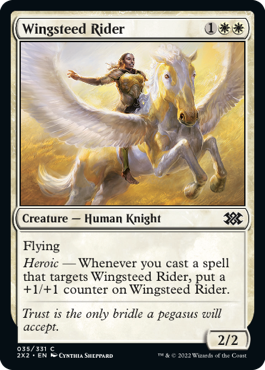

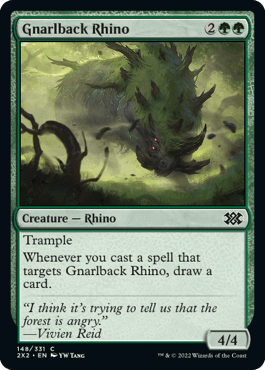

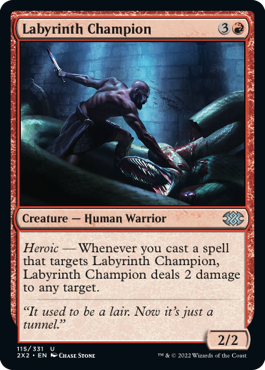

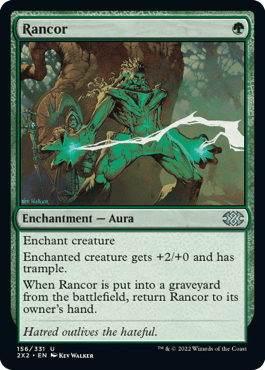
Key Cards: Gods Willing, Wingsteed Rider, Hero of the Games, Gnarlback Rhino, Tenth District Legionnaire, Labyrinth Champion, Travel Preparation, Rancor.
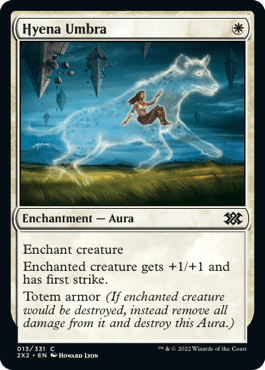

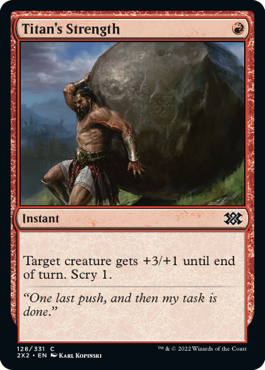


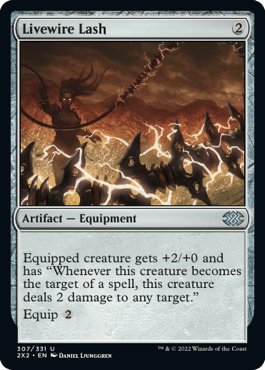
Support Cards: Hyena Umbra, Might of Old Krosa, Titan's Strength, Sparkmage's Gambit, Ambuscade, Livewire Lash.
Bant Ramp/Flicker
Selling Bant () as a ramp deck feels like a slight misdirection to me. While I have indeed really liked Rampant Growth and Elvish Rejuvenator in this combo, most of my Bant decks have leaned heavily into Azorius flicker synergies as well. These play fine with Rejuvenator but are also particularly good with Coiling Oracle and Roon of the Hidden Realm, a bomb rare that practically screams “flicker abuse” at you.
Prioritizing green ramp effects, Settle Beyond Reality, value creatures, and a bit of removal is a winning formula in this color combination. One last point is that Bant is one of the best decks to splash a fourth color as well.





Key Cards: Rampant Growth, Elvish Rejuvenator, Coiling Oracle, Settle Beyond Reality, Eternal Witness.


Support Cards: Annoyed Altisaur, Bant Charm, removal spells.
Mardu Sacrifice
Mardu () is a really fun deck to build that can play out exactly as advertised. While most of the decks above are built around two primary pieces (flicker and ETB creatures, dudes and pump spells, etc.), Mardu sac wants you to find three distinct things.
These are sac outlets, fodder creatures, and death payoff creatures like Blood Artist, Hissing Iguanar, and Elenda, the Dusk Rose. It’s a lot of moving pieces, but the end result can be a deck that’s highly resilient to removal with a powerful and proactive gameplan.
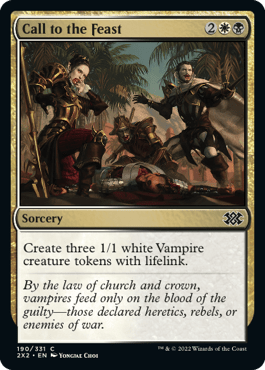
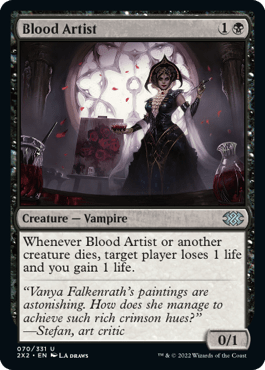
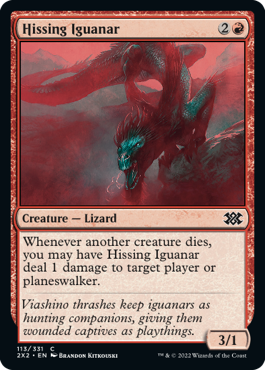

Key Cards: Call to the Feast, Blood Artist, Hissing Iguanar, Blazing Hellhound.
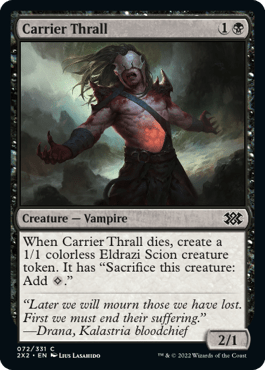
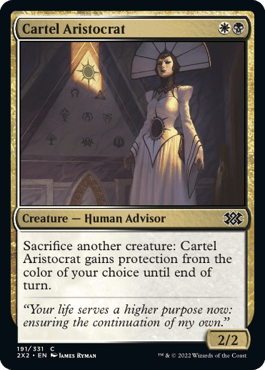
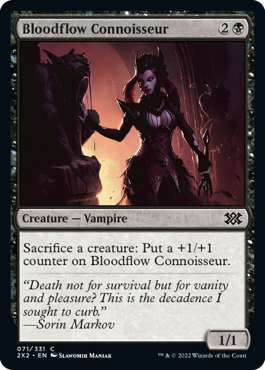
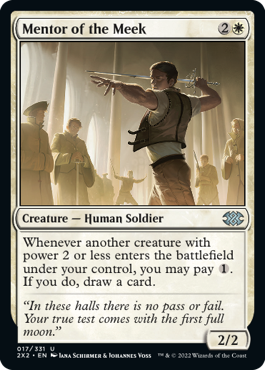

Support Cards: Carrier Thrall, Cartel Aristocrat, Bloodflow Connoisseur, Mentor of the Meek, Fireblade Artist.
Temur Midramp
Like Grixis and Jund, Temur () is less about doing a thing and more about just playing plain good cards. What distinguishes this combo from its competitors is that it has better card draw than Jund and better ramp than Grixis, but somewhat weaker removal than either since it doesn’t have access to black.
Temur unfortunately has some of the weaker 3-color cards in the set as well. Animar, Soul of Elements and Guided Passage haven’t seemed particularly impressive to me. My Temur decks are often 4- or 5-color control decks playing a wide range of removal and value cards alongside green midrange staples like Rampant Growth, Elvish Rejuvenator and bounce lands.



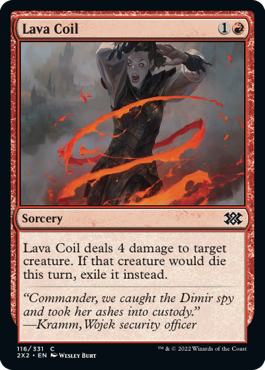
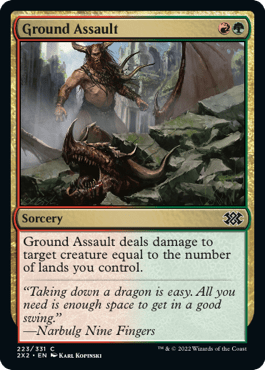
Key Cards: Bear's Companion, Rampant Growth, Elvish Rejuvenator, Lava Coil, Ground Assault.


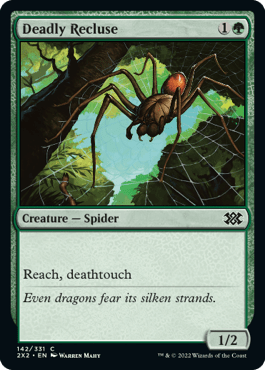
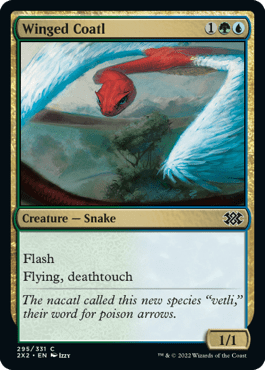
Support Cards: Annoyed Altisaur, Deep Analysis, Deadly Recluse, Winged Coatl.
Abzan/Selesnya Counters
Abzan () can be built as either a very synergistic +1/+1 counters aggro deck, or as more of a good stuff pile that lightly touches on this theme. Good stuff Abzan decks play out like Jund with white replacing red.
The counters decks, on the other hand, should be built with very high creature counts and as many counter doubling effects as possible. Experiment One is at its best here, and the best counters decks will have at least copies if possible.
One other thing to keep in mind is that Selesnya has most of the +1/+1 counters payoffs, so black is usually just a splash here, or even not played at all.

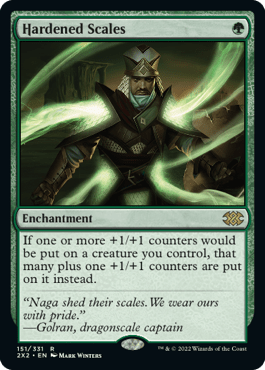
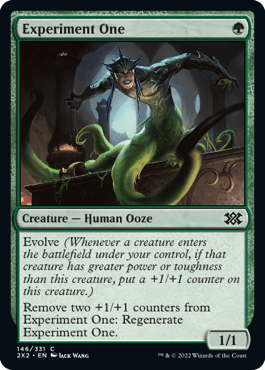
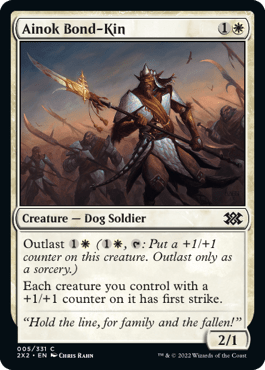
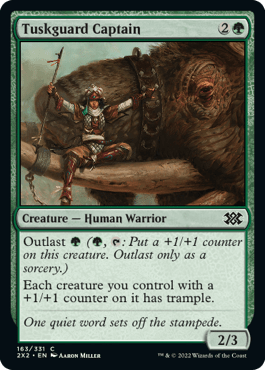
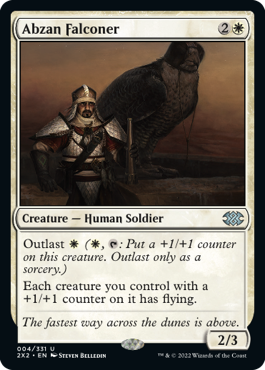
Key Cards: Conclave Mentor, Hardened Scales, Experiment One, Ainok Bond-Kin, Tuskguard Captain, Abzan Falconer.

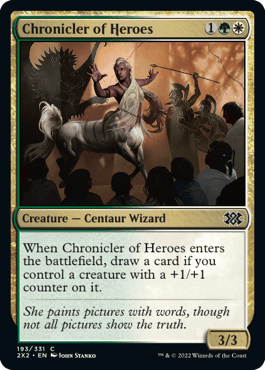
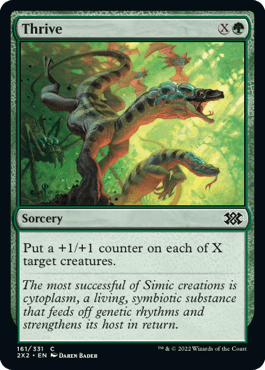
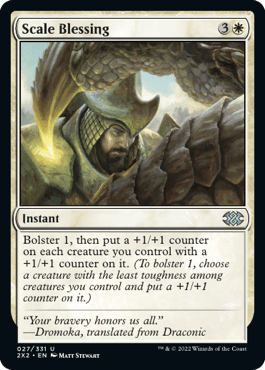
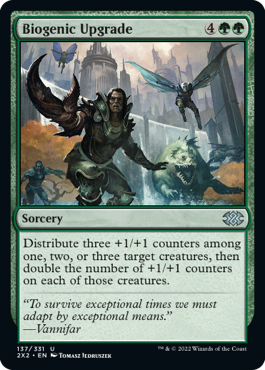

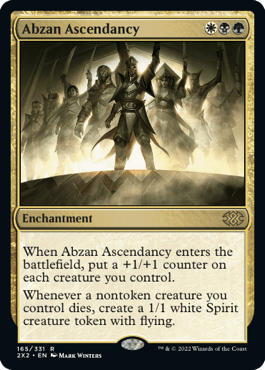
Support Cards: Relief Captain, Chronicler of Heroes, Thrive, Scale Blessing, Biogenic Upgrade, Abzan Charm, Abzan Ascendancy.
Jeskai Prowess
There are a lot of prowess creatures at common in Double Masters 2022, including some impressive rarity downshifts like Monastery Swiftspear, Jeskai Elder, and Seeker of the Way. Jeskai () is the archetype best setup to play them all, alongside strong noncreature spells like Lava Coil, Gods Willing, and Deep Analysis.
You can build Jeskai as either a proactive tempo deck or a control deck, but builds leaning into prowess creatures are much better. The combo also has some overlap with Boros Heroic, so you might be able to play a few pump spells and heroic creatures.
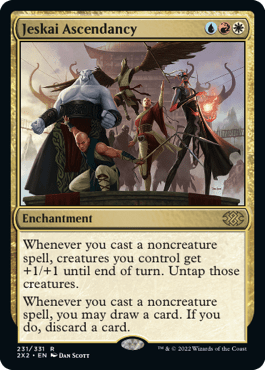

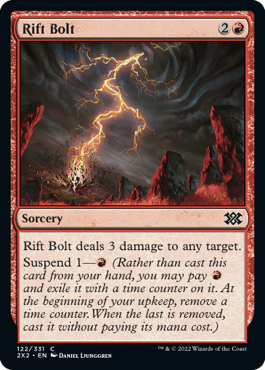
Key Cards: Jeskai Ascendancy, Prowess creatures, Lava Coil, Rift Bolt.
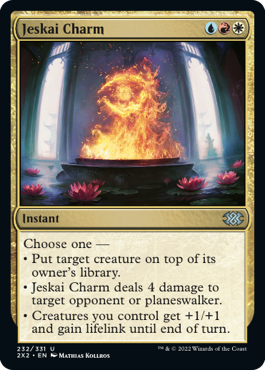
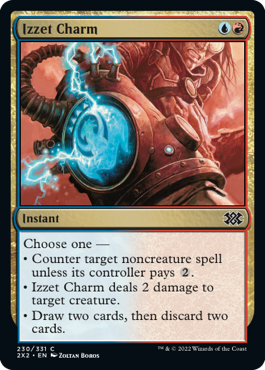

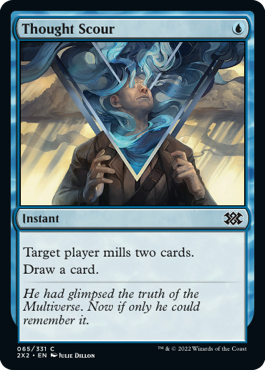

Support Cards: Jeskai Charm, Izzet Charm, Deep Analysis, Thought Scour, Eel Umbra.
Sultai Self-Mill
This has been the trickiest archetype to build for me. A lot of Sultai () cards want you to stock your graveyard full of creatures, but there are so many good noncreature spells in this set. This can make hitting the necessary counts for Liliana's Elite, Splinterfright, and Spider Spawning a difficult task.
Not to mention that decking is a real concern in a format with so much good removal since milling yourself too many times only to get your win conditions killed can be another problem. My greatest successes with this archetype have been playing a lighter graveyard theme and building it as more of a Jund deck, but the graveyard variants can be very powerful if built right.
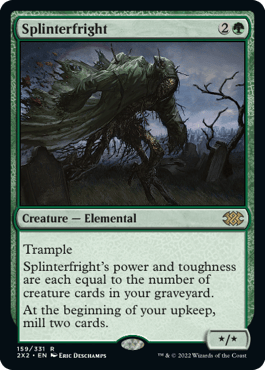
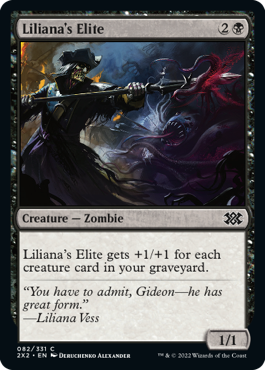
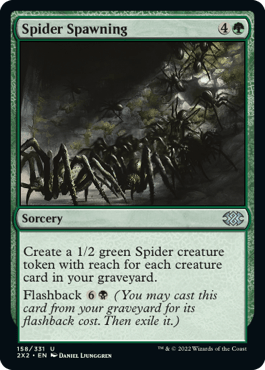

Key Cards: Splinterfright, Liliana's Elite, Spider Spawning, Sultai Soothsayer.
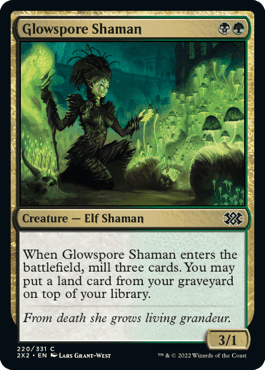
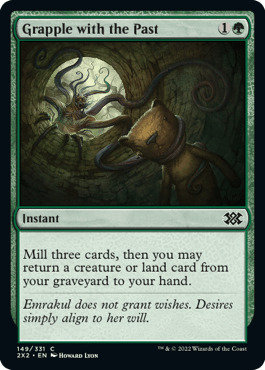

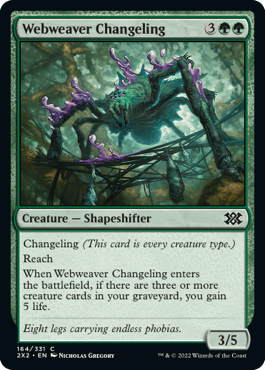

Support Cards: Glowspore Shaman, Grapple with the Past, Forbidden Alchemy, Webweaver Changeling, Advanced Stitchwing.
Unofficial Archetypes
Mono-Color
Mono-colored decks in Draft should be exceedingly rare and are generally best avoided thanks to the 3-color nature of 2X2. This is because there are far too many good 2- and 3-color cards in the set at all rarities, plus great mana fixing to match.

There are also very few real incentives to be mostly one color, beyond having a consistent mana base for playing lots of 1-drops. But I’ve managed to do this once (pictured above) thanks to the power of Burning-Tree Emissary. I should’ve been Boros instead but it’s at least possible, I suppose.
2-Color Spinoffs
As stressed in the sections on Naya/Abzan, proactive decks play worse than control decks with tap lands. That’s not to say you can’t attempt a 3-color aggressive deck, it’s just that 2-color may sometimes be a better option thanks to quicker mana bases and similar card quality.
Selesnya Counters, Boros Heroic, Gruul Stompy, and Izzet () Prowess are great examples of decks that can work either fully 2-color or with a minimal splash of a third color. This frees you up from having to take so many Cryptic Spires’ and lets you focus on drafting as many premium commons for your archetype as possible.
UBx Mill
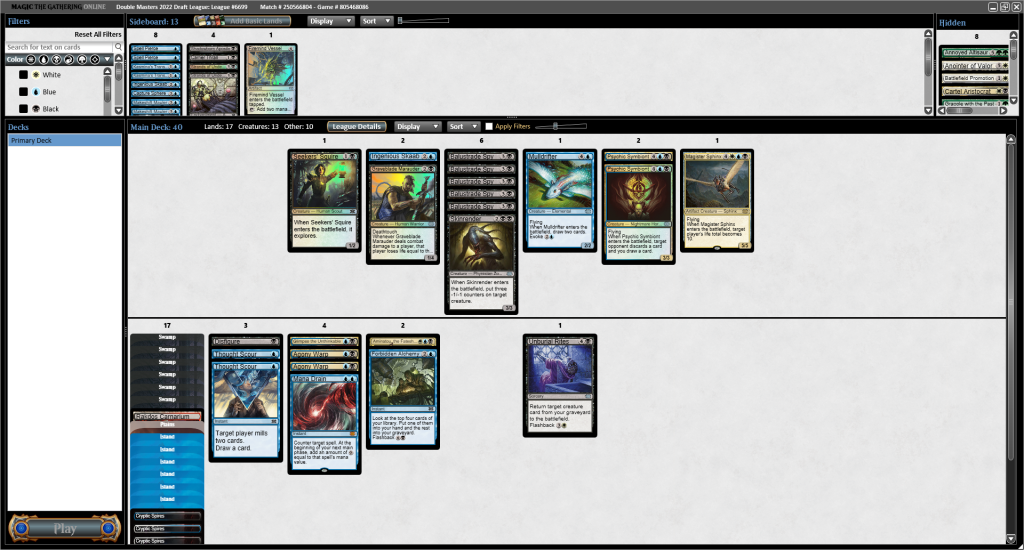
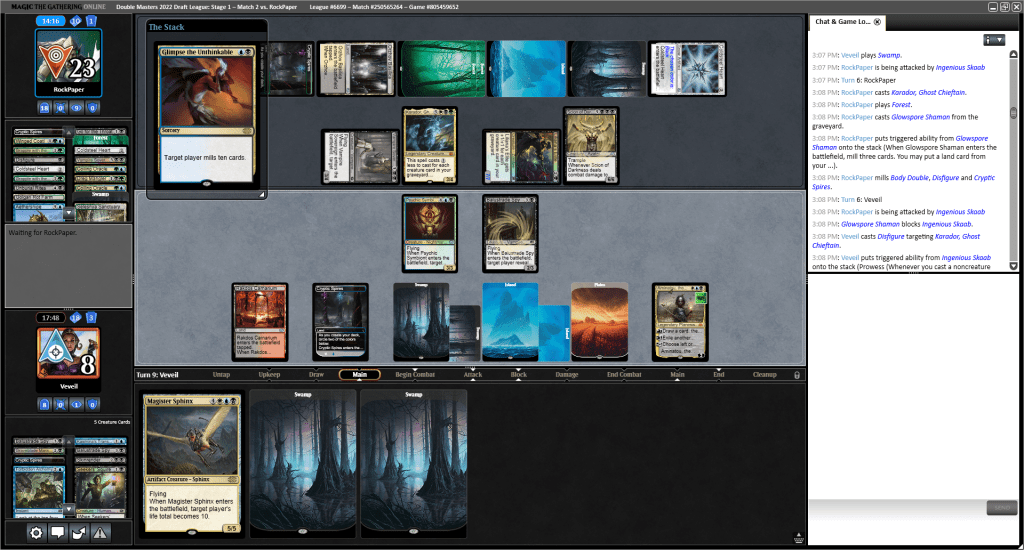
Dimir mill is a bit fringe, but not totally unviable and fantastic against any self-mill deck. Drafting Dimir mill is all about fielding as many copies of Thought Scour and Balustrade Spy as possible. White tends to be the best support color for this since Settle Beyond Reality and Momentary Blink let you reuse Balustrade Spy.
Glimpse the Unthinkable is a total bomb here, as well and one of the better reasons to try this deck. The rest of your build should be full of card draw, removal, and blockers so you don’t just get run over or run out of things to do. And beware of the mythic Eldrazi since each of them has a graveyard clause that makes milling your opponent impossible.
Draft Tips
It’s easy to feel overwhelmed in this set since you have so many options because of how much mana fixing there is and how wide open so many of the archetypes are. I’ve prepared some handy tips to help you build better decks:
- The best non-bomb ways to start a Draft in 2X2 are premium ramp and removal spells or bounce lands. These have a high chance of making just about every deck you could build.
- There’s less stress to pick up good removal in this set thanks to how much of it there is.
- A lot of picks in 2X2 are about upgrading worse cards into better ones. The difference between Lightning Bolt and Rift Bolt can be seen this way. the cards fulfill similar purposes, but one is never getting cut and the other is merely decent.
- Rampant Growth and Elvish Rejuvenator at common make green one of the best colors in the format. The color is the best equipped to splash other colors or cast sweet high-end cards.
- Try to start with two colors to increase the options available to you in Draft. Opening a Draft with Lightning Bolt and Mana Drain could lead to Jeskai, Temur, or Grixis, but an opener of Jeskai Ascendancy plus Lightning Bolt would be limited to just Jeskai or 4-color.
- Speaking of 4-color, it’s significantly better than 5-color in my opinion, which only has Child of Alara and Jodah, Archmage Eternal as payoffs. Adding just one extra color is easier than adding two, so keep this in mind as a possibility if you have something too good to let go.
- When in doubt, pick Cryptic Spires. It’s rarely incorrect to pick up your first several copies of it because it can be reassigned after the Draft. But I’d want five or six maximum so that I don’t get carried away.
Sideboarding
One unique aspect of this set is how much sideboard play there is available. There’s a lot of room for adjusting your deck to match your opponents thanks to dramatic differences in archetype playstyle and a general lack of weak cards.
Here are some of my favorite ways to sideboard in this format so far:
- Double Masters 2022 is flush with good removal, so much so that solid removal often ends up in your sideboard. This is perfect for matchups like Heroic, Counters, and Prowess that rely on cheap creatures that you can answer with cards like Auger Spree, Ground Assault, and Rift Bolt.
- Conversely, cheap removal spells like Lightning Bolt and Staggershock may not be fit for purpose against Sultai self-mill. Though they can kill filler like Glowspore Shaman, they do nothing against Spider Spawning or a 10/10 Liliana's Elite.
- Aura-based removal has a generally rough time in this set since flicker and sacrifice are major themes that embarrass cards like Kasmina's Transmutation and Capture Sphere. But there are matchup-specific exceptions to this since they’re solid at answering dragons or the aforementioned Liliana's Elite/Splinterfright.
- Cheap deathtouch creatures are solid on the draw or in Simic-based decks that need extra defense against aggro decks. Deadly Recluse and Winged Coatl aren’t of much use otherwise but can make great speed bumps for game 2 and 3.
- Mana Leak and Spell Pierce can help you disrupt clunky, powerful piles of removal spells and card advantage. They’re also effective against niche wincons like Thousand-Year Storm.
- There are a lot of strong X/1s in this set, which has made cards like Skeleton Archer and Orzhov Pontiff much better than expected. I frequently move this class of card in or out based on matchup, with them shining especially bright against most sacrifice-based strategies.
Wrap Up
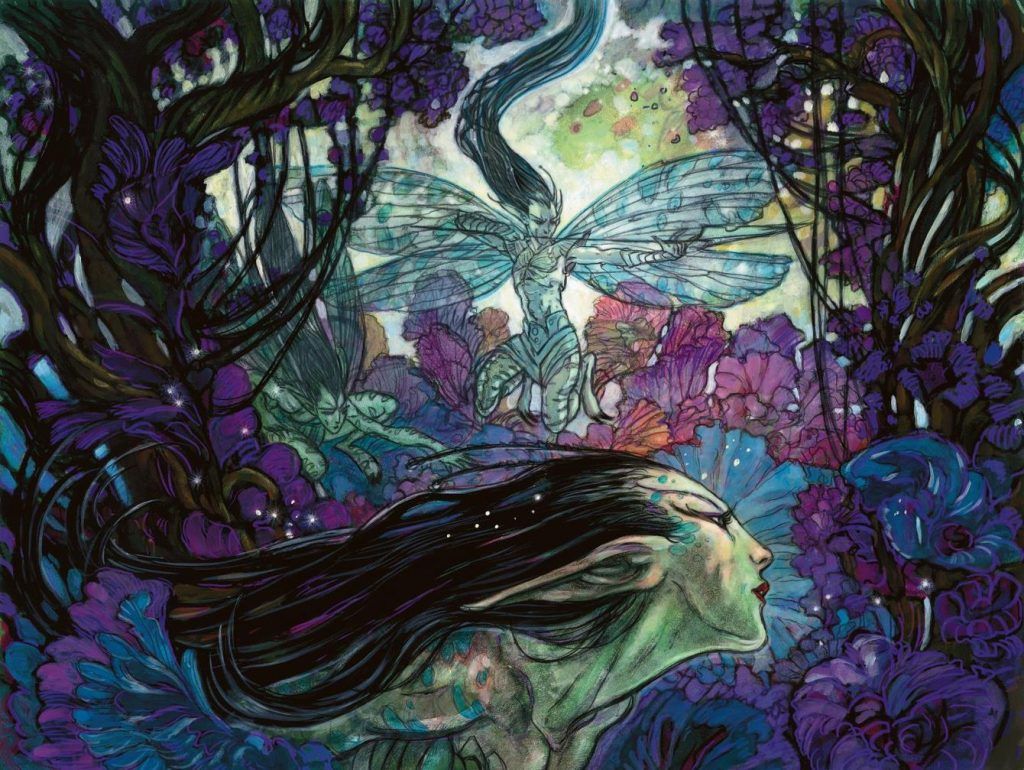
Bitterblossom | Illustration by Rebecca Guay
Double Masters 2022 has been a lot of fun to draft so far for me, and I highly recommend you try it if you haven’t already. Hopefully, these tips help you crush your local pods and win some sweet prize packs.
What has your experience been like in this Draft format? Have you opened any awesome cards yet? Let me know in the comments below or join the discussion in the Draftsim Discord.
Until next time, may you always open that Imperial Seal you’ve wanted!
Follow Draftsim for awesome articles and set updates: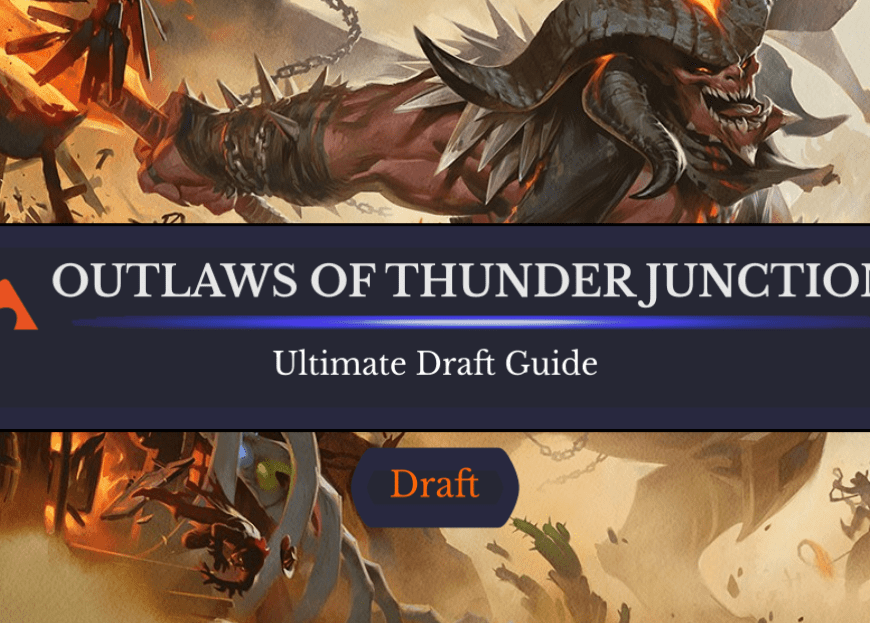
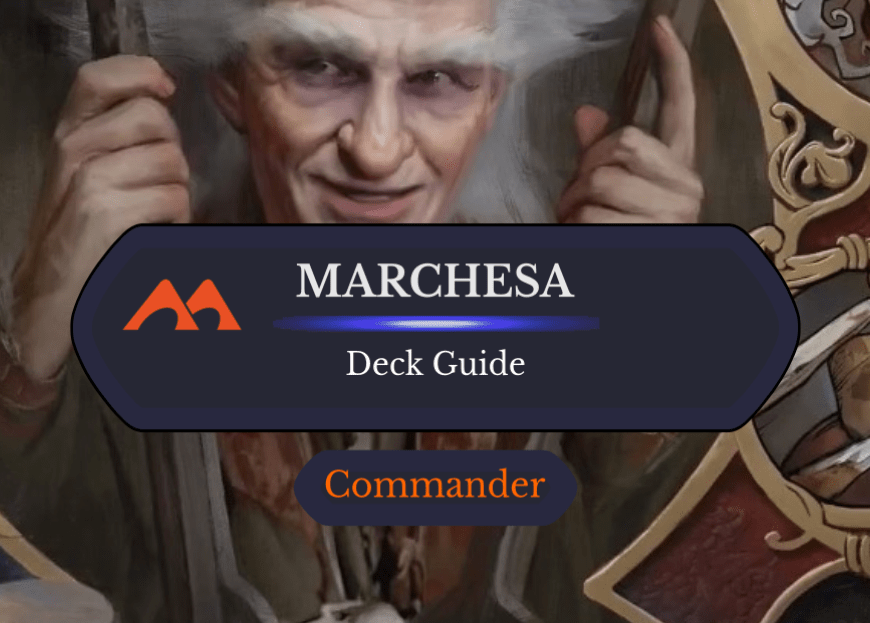
Add Comment